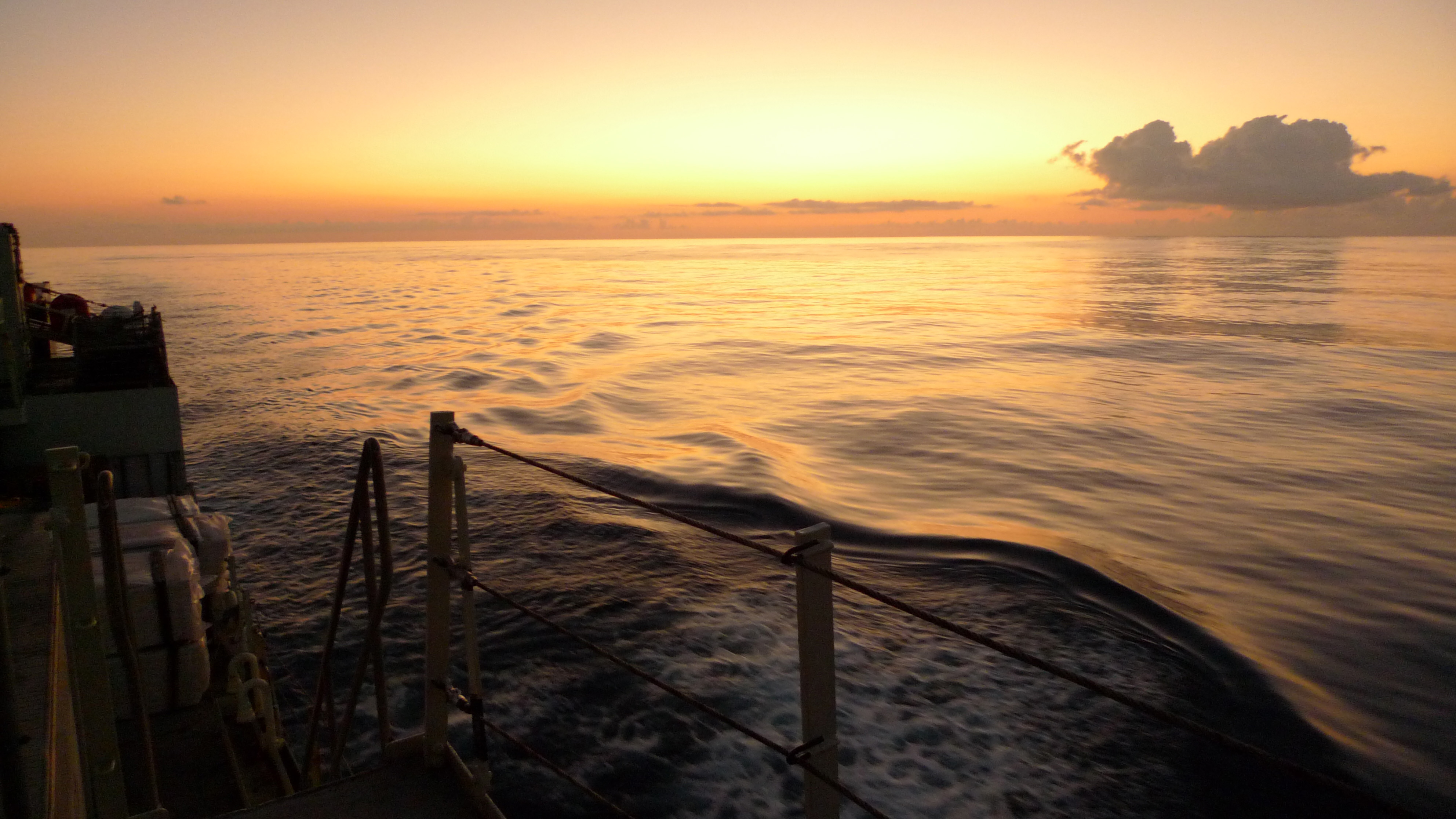New Scientist
Image: Hans Røy/Science/AAAS
Look and learn, sloths: the microbes deep beneath the Pacific ocean take inactivity to new heights. They are so slow on the uptake of nutrients from their environment that they barely classify as alive. Their very existence could help define the limit between life and death. Paradoxically, though, they may also be among the oldest living organisms on Earth.
Everything happens slowly in the North Pacific gyre, one of the five largest ocean gyres in the world. Sand and mud washing off the continents rarely finds its way there, so the seafloor accumulates sediment at a sluggish rate. The clay just 30 metres below the seafloor was deposited 86 million years ago, almost 20 million years before Tyrannosaurus rex graced the Earth.
That clay contains so little energy in the form of nutrients that it should be incapable of supporting a living community. Microbes have been found in other, only slightly more energy-rich communities below the seafloor, though. Read more on newscientist.com…








